The “15/3 credit card payment hack” involves scheduling two credit card payments in every statement period. This practice is meant to reduce your credit utilization and boost your credit score.
Let’s dissect the 15/3 hack and look at how, why, and when it works.
Key Takeaways
- Implement a Strategic Payment Schedule: The 15/3 hack involves making two payments per month: one 15 days before and another three days before the statement date.
- Focus on Credit Utilization, Not Payment Frequency: The hack aids in reducing credit utilization, a significant factor in credit scoring.
- Use the Hack Appropriately: It’s most effective for those who pay off balances monthly.
What is the 15/3 Credit Card Payment Hack?
The 15/3 credit card payment hack is a credit optimization strategy that involves making two credit card payments per month. You make one payment 15 days before your statement date and a second one three days before it (hence the name).
🤔 Your statement date is the last day of your credit card billing period, upon which your card issuer will send you a summary of your activity and your balance due. Billing periods usually last around 30 days, though they don’t necessarily correspond with calendar months.
Note that your statement date is separate from your payment date, which is the day you must pay off your statement balance to avoid incurring interest charges. It’s usually 20 to 25 days after your statement date (20 days is the legal minimum).
👉 Here’s how the 15/3 credit payment hack would work in practice.
Say that John’s card has a credit limit of $2,000 and a billing period of 30 days. His current billing period is from June 15th to July 15th. On June 30th, 15 days before his statement date, he has a balance of $1,000 on his credit card.
He decides to make a $750 payment and reduce his balance to $250. Over the next 12 days, he spends another $500 on the card. On July 12th (three days before his statement date), he makes a second $750 payment, reducing his balance to $0.
Over the next three days before his statement date, he spends $100, which his card issuer would record and report as his balance for the billing period.
Why the 15/3 Credit Card Payment Hack Works
If you execute it correctly, the 15/3 credit card payment hack can improve your credit score, but it’s not necessarily for the reasons you might think. Here’s what you should know about its effects.
The Misconception: Double the Payment History
Some people claim that the 15/3 credit card payment hack lets you report two payments each month to the credit bureaus instead of one. Theoretically, that would speed up the rate at which your payment history improves.
That would provide a significant increase to your credit because payment history is worth 35% of your score under FICO methods.
Unfortunately, that’s not how it works. No amount of extra payments will provide any added benefit to your payment history.
If you think about it, that would be completely unfair. After all, why would you stop at just two payments a month? If that was how it worked, you could divide your monthly payments into 30 and make one every day of the billing period to supercharge your results.
The number of payments you make in a month says nothing about your creditworthiness. Your creditors only care whether or not you pay what you owe on time and in full.
Whether you make one monthly payment the day before it’s due or 20 payments spread over your billing period, it won’t make a difference. In this regard, the 15/3 credit card payment hack will not help you.
The Reality: Reduced Credit Card Utilization
While it won’t double your payment history, the 15/3 credit card payment hack can help you reduce your reported amounts owed, which is worth 30% of your FICO score (making it the second-most important factor).
More specifically, it reduces your credit card utilization ratio, which is the percentage of your available credit that you’ve used to make purchases at any given time. It equals your outstanding balance divided by your credit limit.
Credit card companies typically report your utilization ratio on your statement date to the credit bureaus, and the 15/3 payment schedule encourages low balances on that date.
👉 For instance:
In the example above, John had a credit card balance of $100 on his statement date and a credit limit of $2,000.
His credit card utilization ratio would be $100 divided by $2,000, which equals 5%.
In general, the lower your ratio is, the better your credit score will be. If you show lenders that you max out your credit cards each month and consistently carry around a utilization ratio nearing 100%, it would suggest you’re more likely to overspend, miss a payment, or default.
👉 A popular rule of thumb is that 30% is the maximum ratio you can get away with, but the ideal is usually between 1% and 10%. Note that a 0% ratio might not be optimal, but it will still be far better than a high ratio. Consumers with FICO scores over 795 have an average 7% credit utilization rate.
🔢 Both your total and per-card utilization ratios matter. If you have multiple credit cards, use this credit utilization calculator to determine the best approach to paying off your balances.
When Does the 15/3 Credit Card Payment Hack Work?
The 15/3 credit card payment hack works best for people who pay their balances off every month (those who carry a long-term balance won’t benefit much because their ratio would still be high) but only focus on doing so before the payment is due.
Unfortunately, that can lead to you showing high utilization ratios each month, even if you’re perfectly responsible with your credit. For example, let’s revisit that same scenario from above.
👉 Example:
Say that John accrues the same $1,600 in charges during his billing period between June 15th and July 15th. Instead of making two $750 payments using the 15/3 schedule, he waits until his payment is due 20 days later.
That would mean that he’d carry a balance of $1,600 on his statement date. Because his limit is $2,000, his credit card issuer would report a utilization ratio of 87.5%. That would damage his score, even if he later paid off the balance in full and avoided any interest.
📘 Learn More: Do you have a habit of spending too much with your credit cards? Follow these tips to take back control:
When Is the Best Time to Pay Your Credit Card Bill?
For most people, the best time to pay a credit card bill is anytime before its due date. If you are looking to bolster your credit or reduce your interest costs you might benefit from paying your credit card bill earlier.
Remember that credit card companies typically report your utilization ratio around your statement date. If you want to keep your credit utilization low, consider paying your balance before your statement date.
💡 Consider paying your credit card bill early whenever your credit utilization is near 30%, regardless of when your bill is actually due.
Should You Use the 15/3 Credit Card Payment Hack?
Truthfully, the 15/3 credit card payment hack is unnecessary. You won’t benefit from making two payments, so you can use any payment schedule that keeps your utilization ratio between 1% and 10% on your statement date.
Remember, though, that your highest priorities should always be to make your monthly payments on time and avoid interest charges. Don’t get so caught up in managing your utilization that you mess up the timing and miss your payment date.
If you’re currently unable to get your utilization ratio to appropriate levels because you can’t afford to pay off your balance each month, consider reaching out to a free credit counselor for help creating a budget and payment plan.
If you take a year to pay off the average credit card debt at the average interest rate ($5,315 at 16.22%), then it would accrue almost $500 in interest over that period.[1,2] Prioritize your credit card balances. If you need help, contact a credit counselor today!


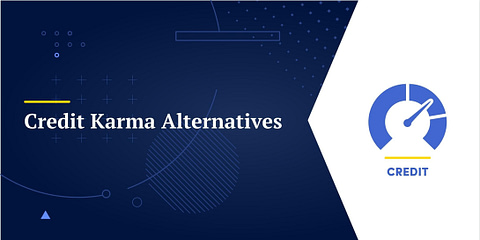
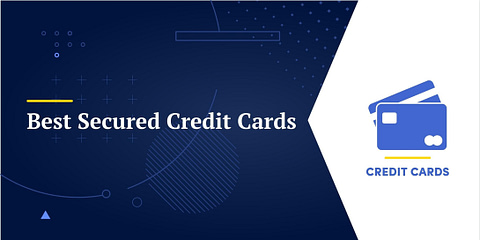
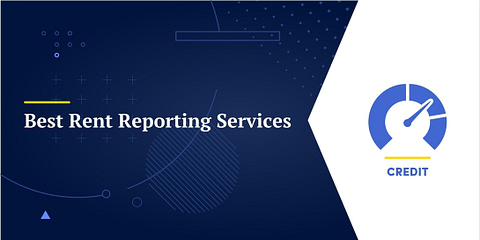

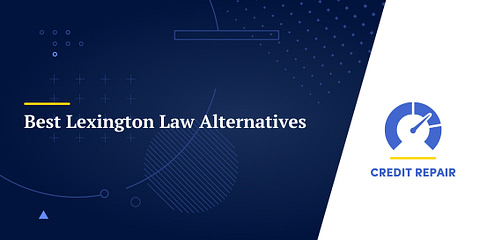

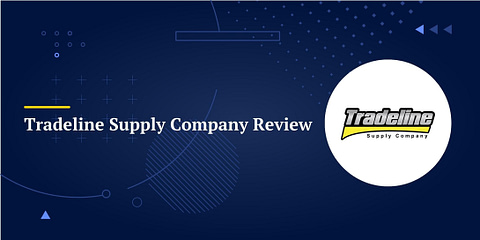
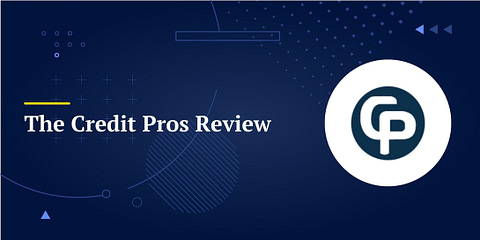
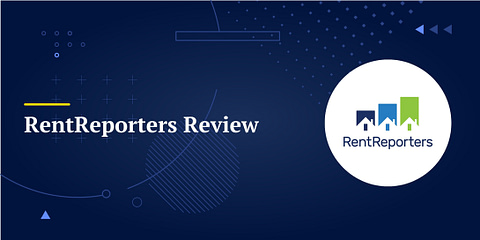
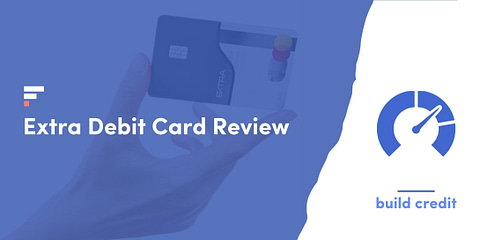
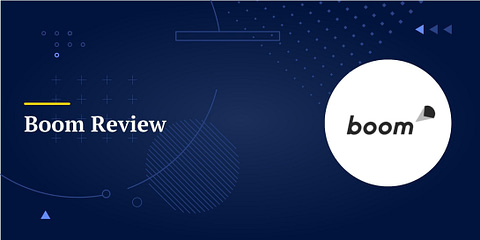

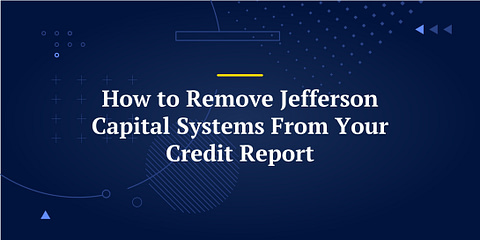
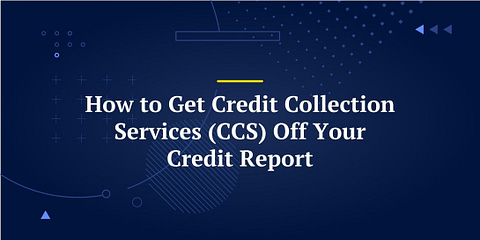
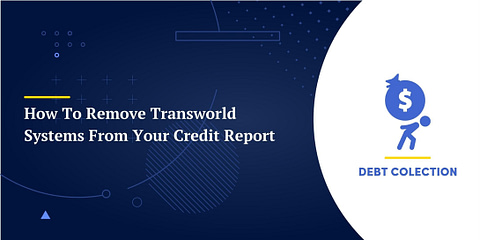

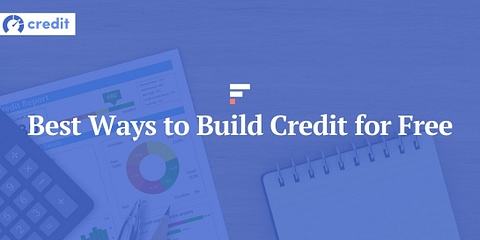
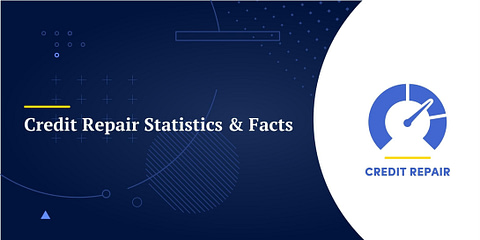





Would I get the same results if I paid my balance in full before every statement date? And still get the credit for the payment? Or is having a 0% utilization ratio a bad thing?